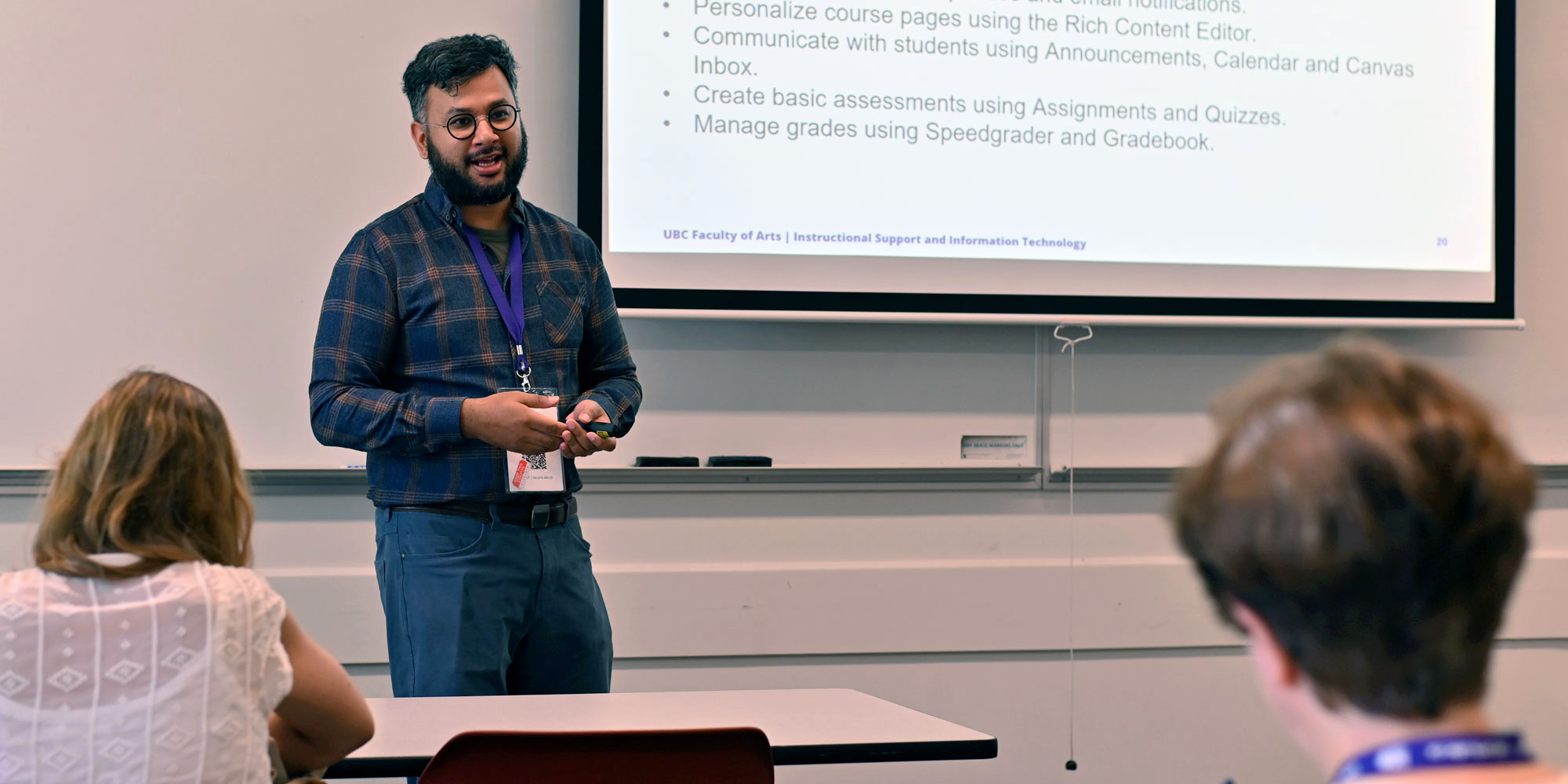

–Evan Ashworth, Postdoctoral Research Fellow in Linguistics
Back Story
During the 2014W1 term, I worked with three courses: LING 100, LING 200, and LING 311. LING 100 is an first-year linguistics course (no prerequisites, 250 students) that introduces students to the study of language and linguistics as a discipline. LING 200 is also a first-year linguistics course (no prerequisites; 150 students), although this class goes into much more detail than does LING 100 with respect to topics related to phonetics and phonology. LING 311 is a second- or third-year linguistics course (LING 200 is a prerequisite, 85 students) that focuses on the study of phonology through an optimality theory framework. In the 2014W2 term, I am working only with LING 100. While students enrolled in LING 100 may be majoring in a variety of subjects, those who enroll in LING 200 and 311 are likely either majoring in linguistics, speech language pathology, or cognitive sciences.
How did you use videos in your course and what made you decide to do this?
After discussions with the professors who teach these courses, we decided that piloting the use of videos for LING 100 would be best, rather than for all three classes. This decision was made because LING 100 has such large enrollments and the professors and I agreed that it would be useful to remove some of the content from the in-class lecture and move that content to an online format (e.g., YouTube videos). Students are asked to watch these videos prior to coming to class, so that class time can be devoted more to activity-based learning, peer learning, and discussion.
Both the overall view count and the feedback written on the comments section for each video indicate that not only are students watching the videos and enjoy watching them but that they are learning a fair amount from this format.
What has been the result?
The videos produced for LING 100 have been very successful and well received. All of the videos produced have several hundred views, and a few have over a thousand views. Both the overall view count and the feedback written on the comments section for each video indicate that not only are students watching the videos and enjoy watching them but that they are learning a fair amount from this format. A couple of these videos have, I suspect, spread around the world, based on the large view counts (for one video, over 3,500 views) and comments left from students from around the world (not just at UBC).
What are some of the challenges you’ve faced and is there anything about your approach you would improve or change?
Initially, I felt there was a bit of selling that the professors and I have had to do regarding the videos themselves—that they are a useful tool for students and not merely instances of “the professor passing off their work and responsibilities.” Beyond that, I feel that the biggest challenges are time constraints (i.e., balancing the need for sufficiently discussing a topic and making the videos as short as possible) and technological (e.g., ensuring that the video and audio are of high quality), but these are both very minor.
Do you have any advice for instructors hoping to implement this in their course?
The biggest pieces of advice I can offer are:
- Don’t be afraid to try new things in your classroom! If you’re intimidated by the technological aspect of producing these videos, don’t worry—Arts ISIT is a great resource and has been a source of tremendous help for me.
- If you feel that there are certain ideas that you keep repeating during an in class lecture or concepts that are consistently difficult for students, these might be ideal for videos.
- Brevity is best! While making a 30-minute video might offer a more complete treatment of a scholarly topic, that doesn’t necessarily mean it would make a great video. Students are busy and have short attention spans (heck, we all do!), so shooting for a 10-minute maximum video is a great target.
- Videos are most effective when they prepare students for future learning. This is just my opinion, but I feel the pedagogical value of these videos is not that they will “do the teaching”, but rather than they will prepare students more for the real learning that will take place in the classroom.


